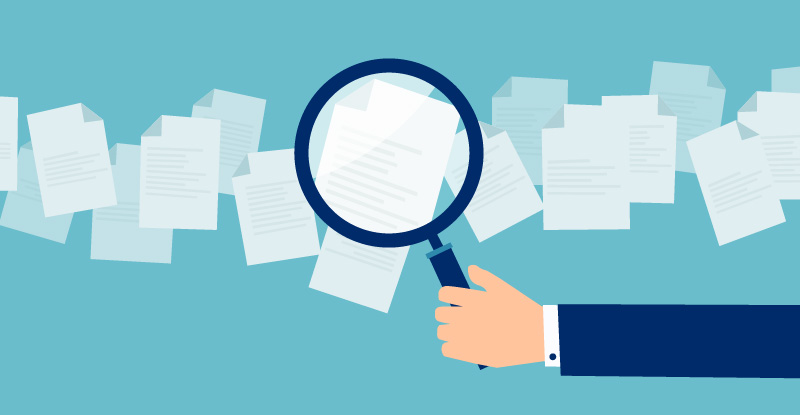
The tax season always seems to come up and surprise us. And since many Canadians find doing their taxes stressful, keeping track of what you need to know is all the more important to minimize anxiety in the process.
The good news is for the majority of working—aged income tax filers, there are generally just five (or fewer) tax documents you need to be aware of as you prepare your tax filing. This article gives a run down of the most important forms you will need to fill out on your T1 Income Tax and Benefit Return.
You should receive tax slips from your employer(s) and/or the CRA, and be able to access them at your CRA Account. You are also able to use online tax programs to simplify your tax filing with these CRA endorsed programs.
For more complicated personal income tax filings, these five forms may not cover all you need to know. In those cases, it is important to check with the CRA or consult a professional, such as a CPA.
- T4 – Statement of Remuneration Paid
This is the most important tax slip for the majority of working-aged Canadians as it contains the total income earned from an employer in a given tax year, along with payroll deductions and income tax already paid. The T4 is generally the foundation to determine total gross income tax owed.
It also includes information on income tax already remitted to the CRA by your employer on your behalf over the tax year and common payroll deductions, such as CPP and EI, that will be used to assess your final tax balance.
You will receive a T4 for each employer you’ve worked for in a tax year.
- T4A – Statement of Pension, Retirement, Annuity, and Other Income
This provides information on other income not derived directly from working for an employer such as pensions, retirement income, registered education saving plans (RESP), and other income such as self-employed commissions.
It will also include information on the taxable benefits received from the CRA through the Canada Emergency Relief Benefit (CERB), Canada Recovery Benefit (CRB) program and other COVID-19 benefits.
Other T4 slips that may be relevant to you:
- T4E: Employment insurance and other benefits (This will also include CERB benefits received through Service Canada)
- For retirees: T4A(OAS), TFA(P), TFRIF and T4RSP are other common tax slips
- T2202 – Tuition and Enrolment Certificate
This is one of the most common tax credits available for young Canadians.
As you attend and pay for post-secondary education, you accrue tuition credits which can be used to offset your income tax owed. The T2202 certificate allows you to calculate the amount of education credits acquired in a given year, which can then be used to reduce income tax owed and/or carry over to future tax years.
- T777S – Statement of Employment Expenses for Working at Home Due to COVID-19
Many Canadians who worked from home since the COVID-19 pandemic began may be eligible for an income tax credit.
The T777S form has two options for calculating tax credits for work-from-home employment expenses.
- Simplified method: Eligible Canadians can receive a tax credit based on the number of days worked at home. No receipts need to be kept.
- Detailed method: Employees are only eligible for this method if their employer submits a T2200S on their behalf. All supporting documents must be kept.
- Investment slips: T3 - Statements of Trust Income and T5 – Statement of Investment Income
For those who trade equities outside of a registered savings account, such as the Tax-Free Savings Account (TFSA) and Registered Retirement Savings Plan (RRSP), you may have to report on investment income. If you received dividends, investment interest or sold equities at a profit in a given tax year, you will likely owe tax. Conversely, if you incur a realized loss on an equity in a tax year, it may reduce your total tax outstanding.
The T3 and T5 help you calculate how your non-registered investment activity affects your income tax owed. If you sold equities outside a registered account, you will need to complete the Schedule 3: Capital Gains (or Losses), and watch for any T5008 Statement of Securities Transactions slips that you may need to fill out the Schedule.
While the slips/forms mentioned above cover the majority of what tax filers need to file their taxes, there are other potential tax credits and deductions you may want to see whether you are eligible for, including:
- RRSP contributions (line 20800 on the T1 Income Tax and Benefit return)
- Other employment expenses (line 22900)
- Digital news subscription expenses (line 31350)
- Donations and gifts (line 34900 – schedule 9)
- Canada training credit for certain programs (line 45350)
Reminder: Tax filing deadline and payment due date is April 30, 2022. If you owe money, you will be charged interest by the CRA after that date without a payment plan in place.
For more personal finance and tax tips information, visit CPABC's RRSP and Tax Tips site.
Aaron Aerts is an economist for CPABC.



